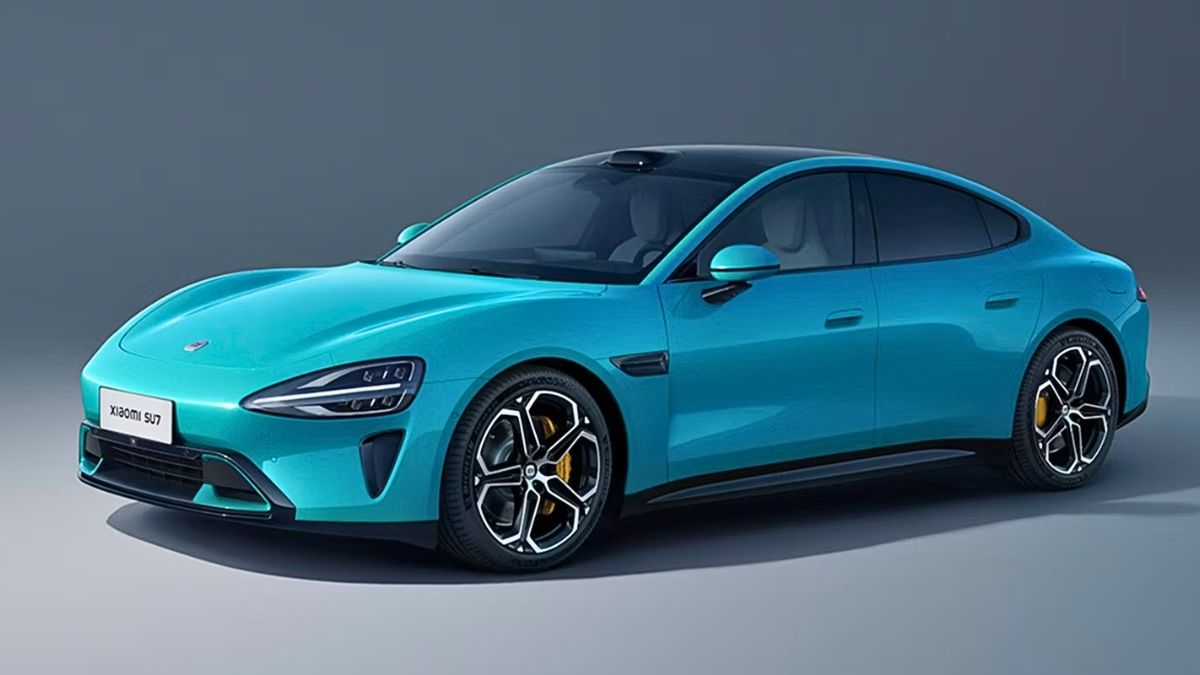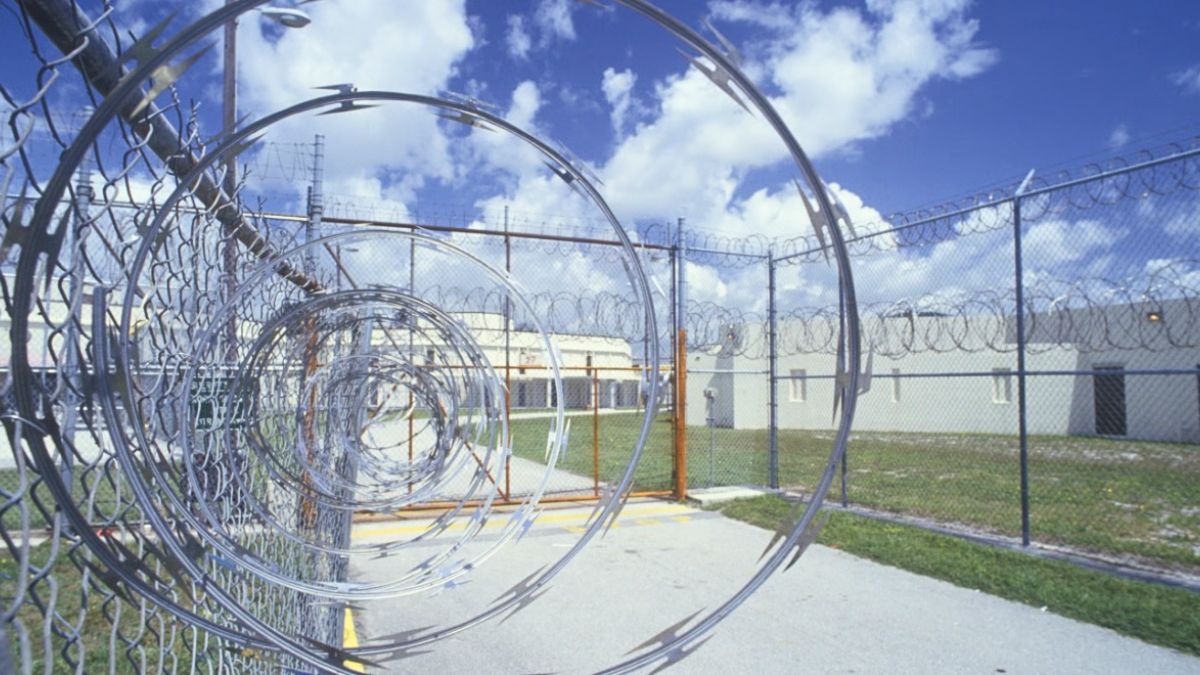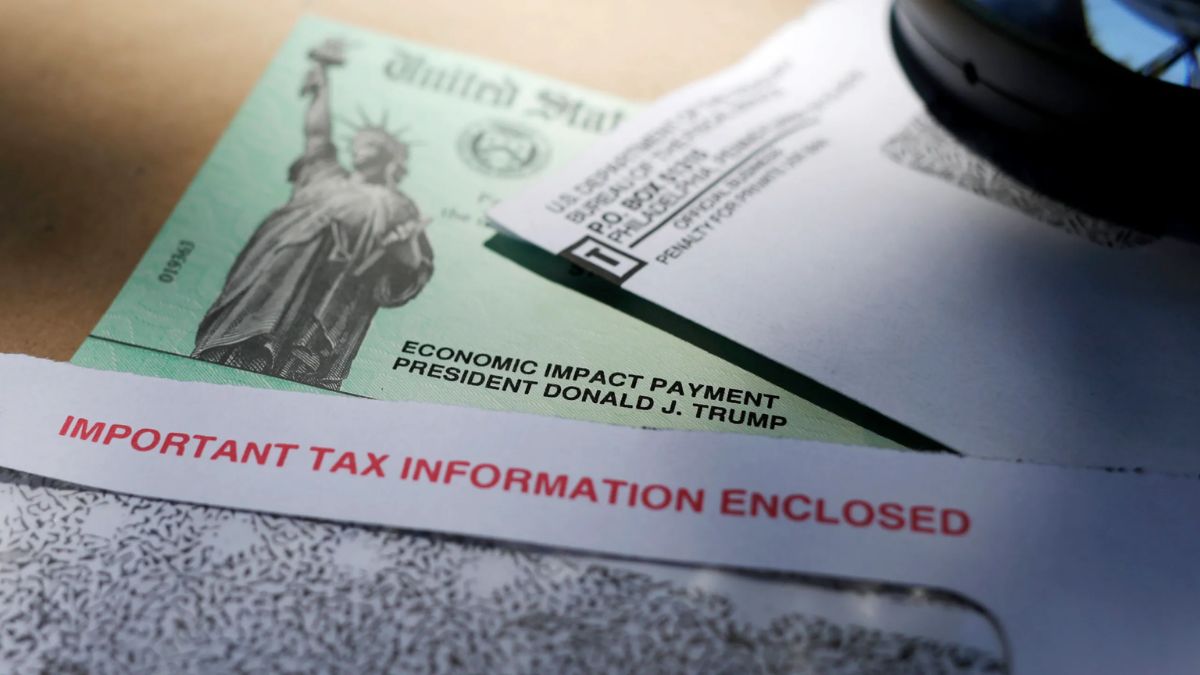We’ve been hearing for years that electric cars are the future—quiet, efficient, and better for the environment. But what if there’s another alternative we didn’t expect? China is now looking into a surprising new fuel: liquid ammonia. Yes, the same substance often used in fertilizers is being tested to power cars. It might sound strange, but it could be a game-changer in how we think about clean energy in vehicles.
China
China has already led the way in producing affordable and popular electric vehicles. Brands like BYD and NIO have made electric cars more accessible and are competing globally. But now, China is pushing the boundaries again by experimenting with cars that run on liquid ammonia instead of electricity or gas.
This shift shows they’re not stopping at electric—they’re actively searching for the next big thing.
Ammonia
So what’s the deal with ammonia? Most people know it as a cleaning product or something used in farming, but it turns out it can be used as fuel too. When burned, ammonia produces very little carbon dioxide, which is the main culprit behind climate change. That makes it a strong candidate for a cleaner, greener fuel source.
And it’s not rare—ammonia is widely available and relatively cheap to produce. That gives it a big advantage over rare materials used in electric car batteries.
Engine
One of China’s major carmakers, GAC, has built a prototype vehicle powered by a 2.0-liter engine that runs on liquid ammonia. The car produces about 161 horsepower, meaning it’s got solid performance—not just a concept car you only see in labs.
What’s most exciting is the emissions. Compared to gas engines, ammonia-powered cars emit around 90% less carbon dioxide. They also release fewer harmful pollutants. So, it’s not just about power—it’s about clean, efficient driving.
GAC engineers worked hard to get the ammonia to burn fast enough for use in a moving vehicle. And they pulled it off, creating a system that could realistically be adapted for use in everyday cars.
Challenges
Of course, there are still issues to work through. Ammonia needs to be stored and handled under high pressure. That means cars running on ammonia require special engine designs and stronger fuel systems. It’s not as simple as just switching out gasoline.
Also, ammonia is toxic if mishandled, so safety measures are extremely important.
Despite these challenges, GAC says they’ve made progress in building a system that’s both safe and effective for public use. And if they keep refining the technology, we could see ammonia cars hitting the roads sooner than expected.
Future
Electric cars are still leading the clean energy race, but ammonia engines are a fresh idea that could take the industry in a whole new direction. Having multiple options for clean transportation is never a bad thing—and it might reduce pressure on electricity grids and battery supply chains.
The idea of filling up your car with ammonia sounds wild now, but so did plugging in a car instead of filling it with gas a few decades ago. As technology improves, it’s entirely possible that ammonia vehicles could be part of a multi-fuel future.
So, are you ready to drive a car powered by something from your fertilizer shelf? Maybe not yet, but it’s a sign that the future of driving is wide open—and possibly, ammonia-fueled.
FAQs
What is an ammonia car?
It’s a car powered by liquid ammonia instead of gas or electricity.
Is ammonia cleaner than gasoline?
Yes, it emits about 90% less carbon dioxide.
Who is making these cars?
GAC, a Chinese car company, developed the prototype.
Are ammonia cars safe?
GAC says they’ve made the system safe for real-world use.
Will ammonia cars replace EVs?
Not yet, but they could become a strong alternative.
























